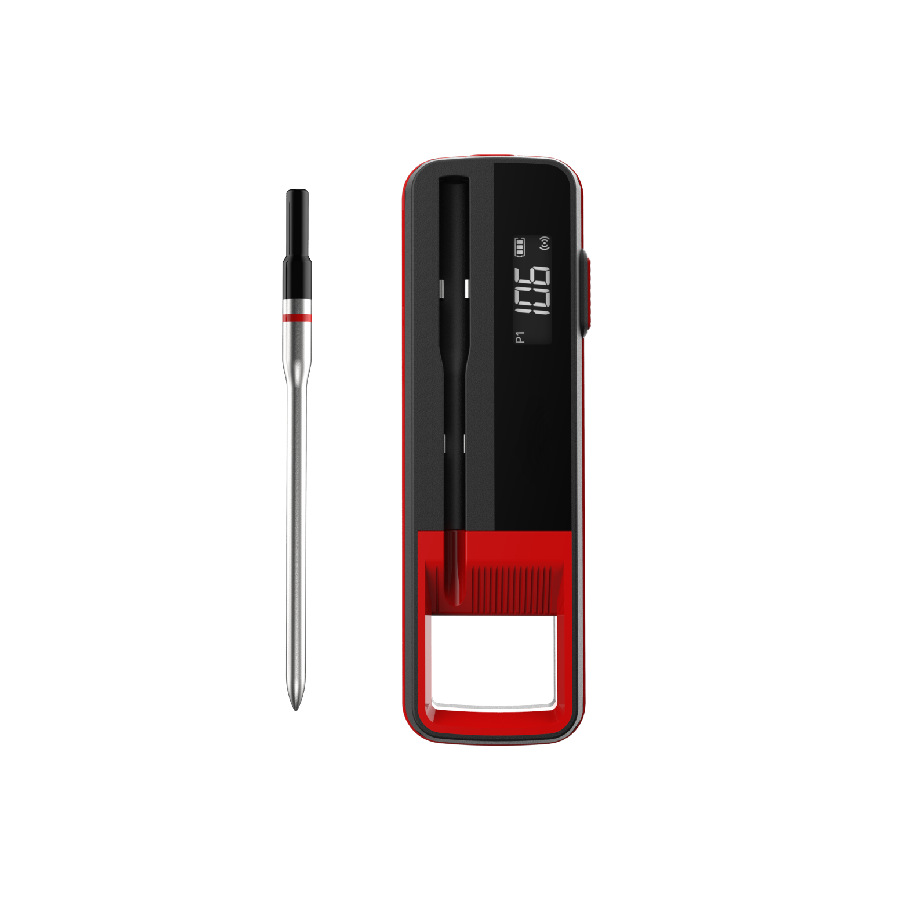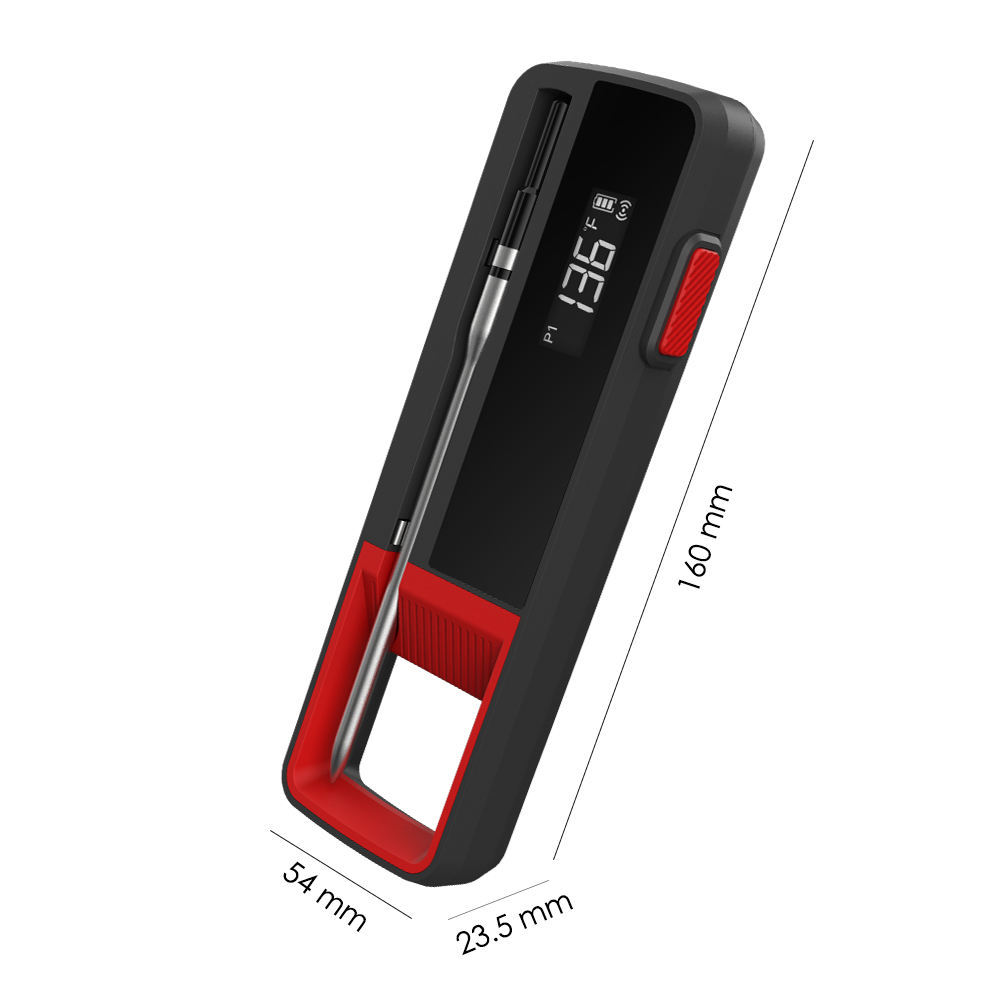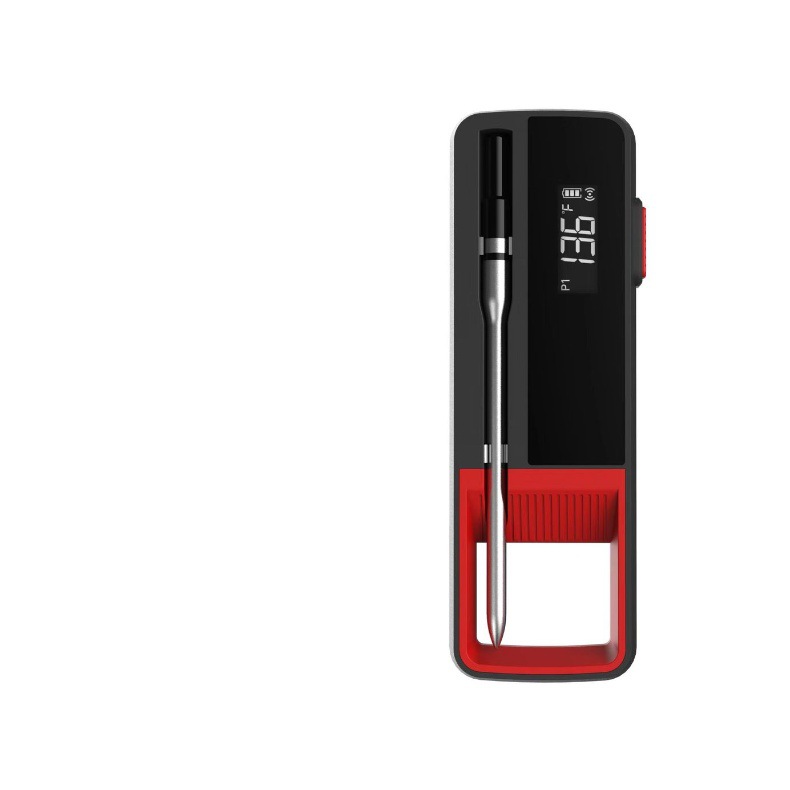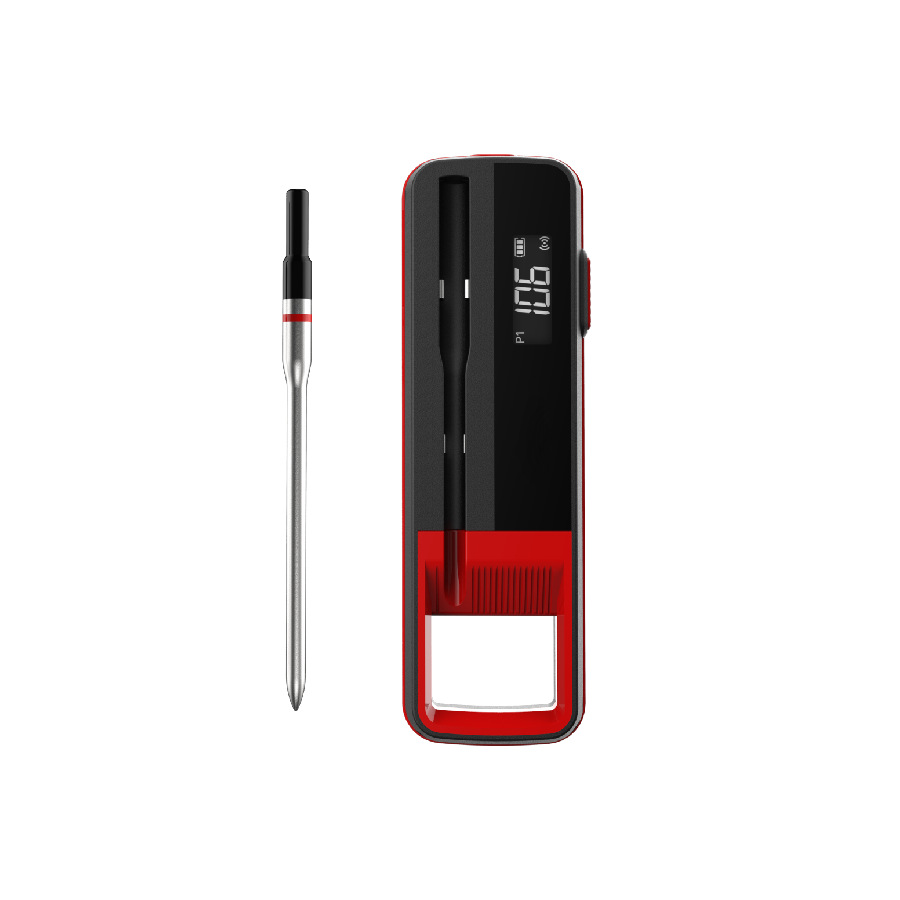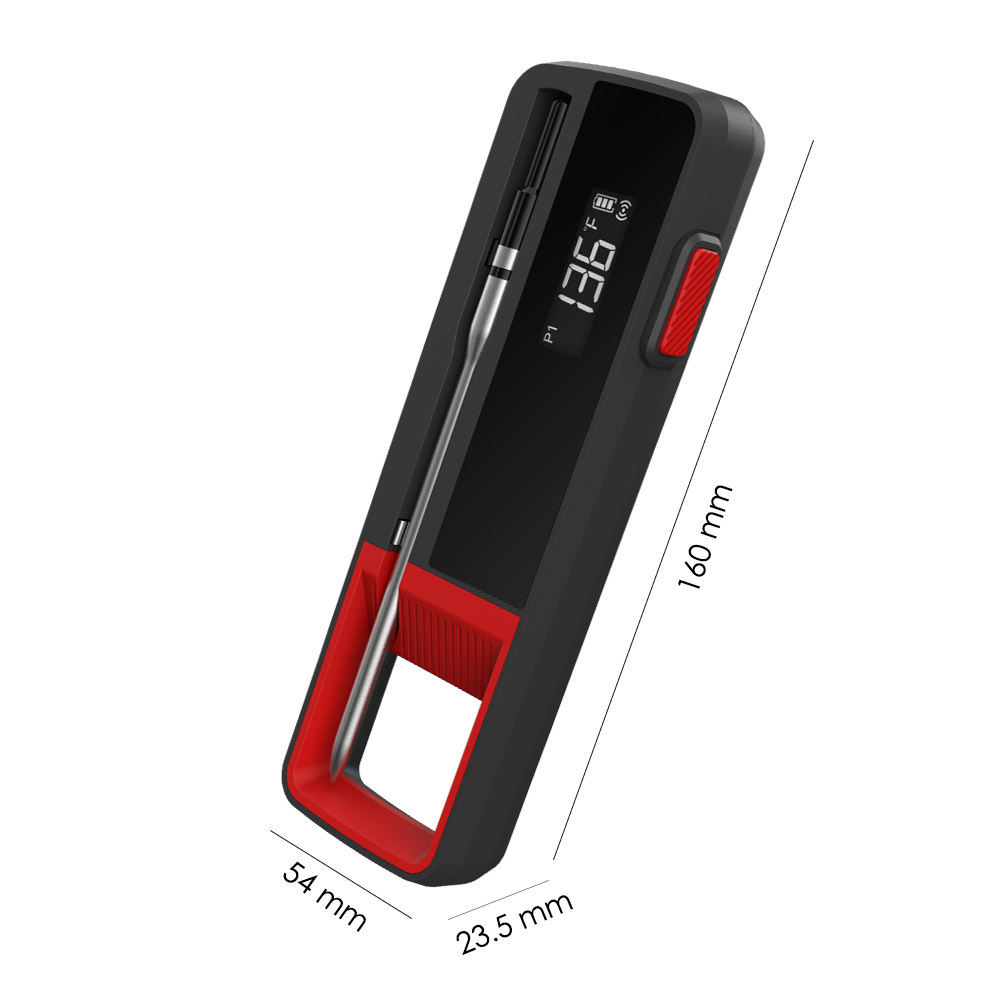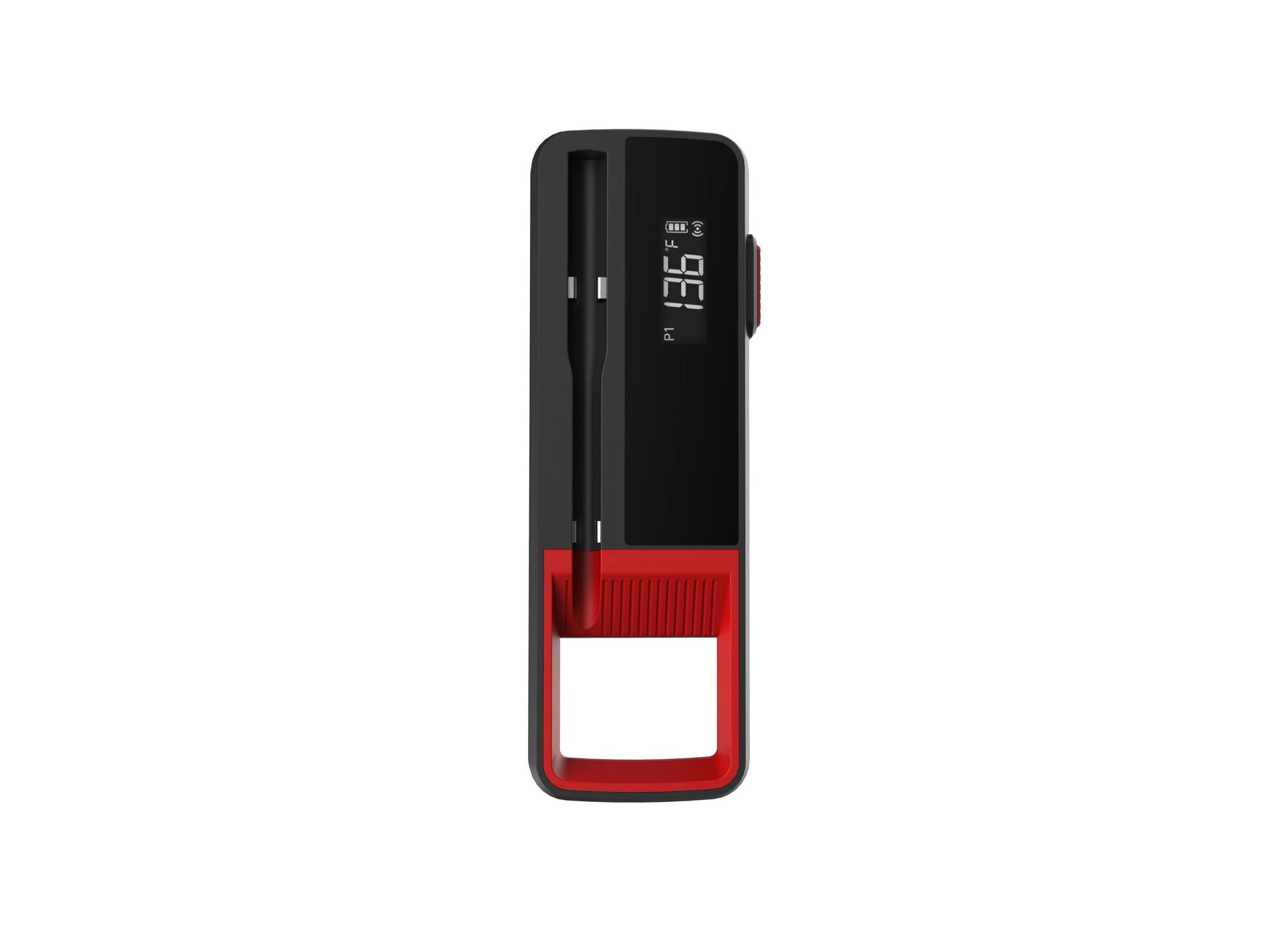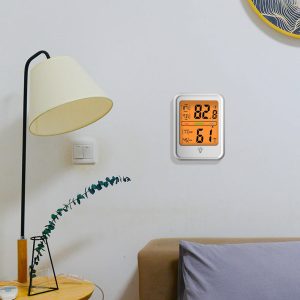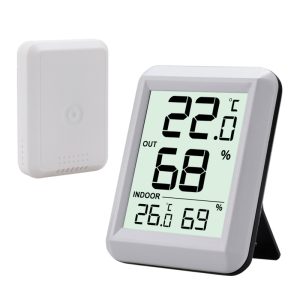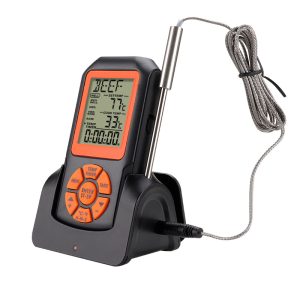A wireless thermometer is an innovative temperature-measuring device that utilizes wireless technology to transmit temperature data from a sensor to a receiver or display unit without the need for physical connections. This type of thermometer offers convenience and versatility in temperature monitoring, making it a popular choice for various applications.
These thermometers typically consist of two main components: a sensor placed in the area where temperature measurement is needed and a receiver or display unit that communicates wirelessly with the sensor. The sensor detects temperature changes and wirelessly transmits this data to the receiver, which displays the temperature readings.
Wireless thermometers come in different variations, including indoor, outdoor, or multi-zone models. Indoor wireless thermometers monitor room temperature, while outdoor versions measure outdoor conditions. Multi-zone models allow monitoring of temperature in multiple areas simultaneously.
These thermometers often feature additional functionalities such as humidity measurement, time, weather forecasts, and alarms for extreme temperature conditions. Some models offer data logging capabilities, allowing users to track temperature changes over time.
The wireless nature of these thermometers allows for flexible placement of sensors and easy monitoring of temperatures from a distance, making them ideal for home, office, industrial, or weather monitoring applications. With their convenience, accuracy, and additional features, wireless thermometers have become invaluable tools for temperature monitoring and control in various environments.





